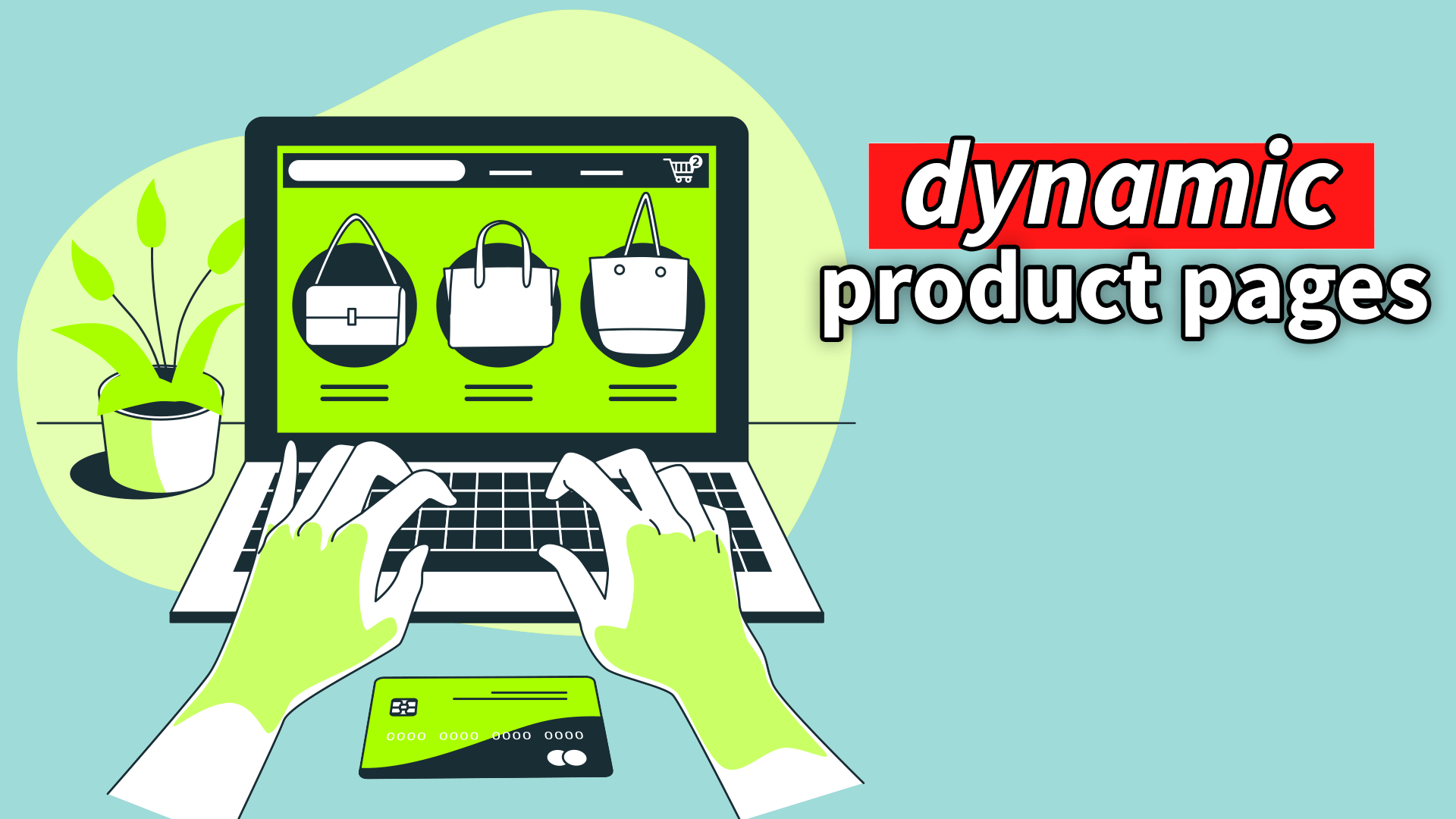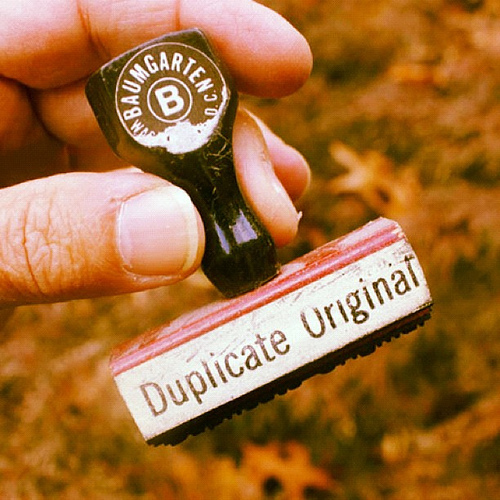In today’s world, many eCommerce businesses are using conditional dynamic product pages with custom child products and dynamic pricing. These terms refer to selling a customized product. Users receive relevant prices and checkout options based on what they select. However, the pricing dynamically changes based on what they’re selling.
Examples include companies that do personalized floors or customized boxes. If you are selling flooring material, hurricane shutters, or cabinets, you would like to have a dynamic, customized product page.
Creating a Unique Customer Experience with Dynamic Product Pages & Custom Child Products
Why are there more requests for these types of functionalities?
More people are shopping online. Before eCommerce and online shopping, these companies assembled a custom quote based on the customer’s needs. The same feature needs to exist on your eCommerce store to provide the same value. Then a customer can come to your site, select their options, have the prices change dynamically, and then proceed to checkout.
The options are unlimited here. More businesses need to go online with these purchasing options. Because the users – their customers – are requesting this, are demanding this.
Migrating Conditional Dynamic Product Pages from Legacy Systems to Modern eCommerce Platforms (BigCommerce, Shopify, etc.)
There are 100 different eCommerce platforms. BigCommerce, Shopify, Volusion, 3DCart, and Miva allow for a simple setup. Magento or Enterprise, however, can prove tricky for setting up this feature.
How do we guide people if they come to us with an ancient platform?
A good marketer will tell you to migrate your platform. They will not build custom functionality on their existing platform knowing that it’s not scalable. That would show a lack of due diligence if they built that custom functionality on an ancient platform. An updated platform can handle volume and functionality.
How does the back end work?
One small functionality allows you to have any custom product checkout on a product page. This is called allow price edit. A price edit allows you to create combinations from product options, various pricings, and sizes in the API. Then your marketing team can develop these custom functionalities. They can create an option and push them through. Then the API will allow a price edit and you can check out the combinations while they are listed as options.
Example: Custom Product Pages & Dynamic Pricing
Let’s say you’re selling shipping boxes. You have different sizes, branding logos, and options for these boxes. If a customer orders 100 branded shipping boxes, they want to upload and edit their logo. This includes sizing and positioning. The combinations are high. Despite this, when they go to checkout, they have one price. The price edit allows you to add all these products.
Or consider if you’re selling fabric and you only have 10,000 feet of cotton in stock. We can actually track that custom field or option with this type of functionality. Thousands of combinations and products can go onto one product page. When you run out of stock, the page design will factor in that variable along with the options.
How do Conditional Dynamic Product Pages with Custom Child Products Affect Conversion Rates?
How does that affect conversions and operations?
For one, conversions skyrocket, especially from an eCommerce standpoint. Typically in the past, drop-offs would ensue. We would see those drop-offs because clients were frustrated with the interface, not understanding how to set parameters because the price options weren’t transparent. Many of them were requesting information.
As for operations, you reduce the hassle from customer service and save time. Customers used to call brick-and-mortar shops constantly to find out estimates on custom products. They would get multiple estimates but only choose one service. This wasted time for both the consumer and the business.
The price edit functionality removes pressure from your operation standpoint and customer service. It provides customers with all the information they need without requiring multiple phone calls. At the same time, the price edit adds value by allowing them to perform checkout at a transparent price. They know what it’s going to cost from order to delivery.
Furniture has a high volume of customization. Consider a kitchen cabinet. One model alone comes in different sizes, finishes, countertops, and dimensions that are completely custom. As a result, it’s very difficult for a consumer to move through that entire process and purchase from you. They won’t know the price immediately for the cabinet they want.
Amazon is investing in customizing wares as well. They see the potential for gaining a higher market share. Customized products in the next five to 10 years should comprise 30-35% of the total online volume for these consumer products. Apple has already jumped onto the trend; they added many engraving options for most of their products.
Vistaprint is a classic case study for dynamic pricing. The website has an incredible UI and ordering process with the confirmation.
If you have any kind of adjustable and customizable product, build the price edit functionality on a platform. When you have a price edit, it will skyrocket your conversions. T-shirts can have monogram options and preview windows with customers’ names or specific text. Flooring can show unique granite and wood samples that match your home decor. Marketers will ensure that price edits improve your conversion rate optimization.
Need Help Building Custom Product Pages with Dynamic Pricing?





